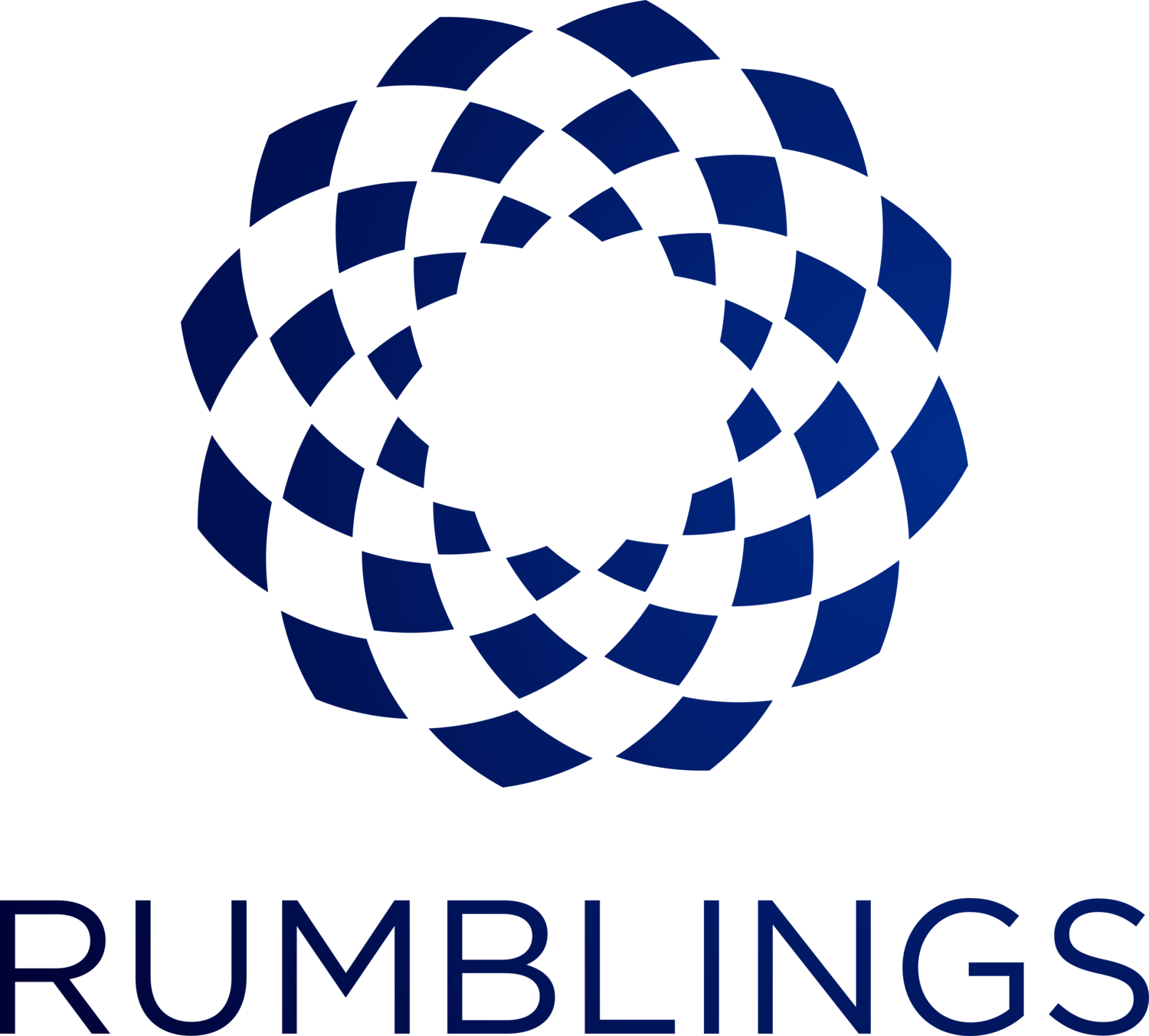Why Midlife Women Struggle to Change Habits and How to Succeed
Discover why behavior change is challenging for midlife women and how to succeed. Learn how identity shifts, small steps, and consistency can help you create lasting habits for health and well-being without focusing solely on the scale.
The Power of Protein and Strength Training for Midlife Women's Health and Weight Management
As we enter midlife, our health needs evolve, requiring us to be more intentional about nourishing our bodies and about how we approach exercise. Many midlife women must focus more on two critical components: consistently eating adequate protein and strength training. Adequate protein and strength training are essential for maintaining or improving your physical health and supporting weight management efforts as you age. Read more in Rumblings blog The Power of Protein and Strength Training for Midlife Women.
Embrace the Power of Movement and Healthy Eating in Midlife
As you navigate through midlife, your relationship with exercise and healthy eating becomes increasingly essential. Many women find themselves struggling with outdated societal narratives that discourage physical activity and proper nutrition and are confused by the conflicting ‘noise’ found in social media... However, embracing movement and a balanced eating pattern diet can lead to a vibrant, healthy life.
In this blog post, you'll explore how resetting your mindset around exercise and nutrition can transform your midlife journey. Learn how to overcome common obstacles, incorporate effective workout routines, and adopt healthy eating habits that support your overall well-being and vitality as you age.
The Health Condition Almost Everyone Has But No One is Talking About
Only 6.8 percent of Americans had optimal metabolic health. That means 93% of Americans are metabolically unhealthy, and the rest are at risk for developing almost every chronic condition. More importantly, most people don’t even know they’re at risk. The good news is most of your metabolic health is within your control with simple dietary, exercise, and lifestyle changes.
It’s never too late to start.
Can protein help women age well?
Eating adequate protein plays an essential role in preserving skeletal muscle as women age. Now is the time to assess your intake, review the quality, and look at how you distribute protein in your meals and snacks. Eating high-quality protein throughout the day along with resistance training will ensure you live well and flourish postmenopause.
13 Ways to Transition to Autumn Using a Chinese Medicine Approach
The philosophy of Chinese medicine teaches us to live in reciprocal harmony with the natural world’s cycles to maximize our health and wellbeing.
As the last warm days of our late summer wind down and the busy Yang energy of summer recedes, the transition to autumn begins. The days are shorter, the sun sets earlier, and the mornings are cool and crisp. Observing nature in transition during the autumn season, we begin to prepare for more dormant days ahead. Leaves turn and begin their journey back to the earth. Fruits fall, seeds dry, and tree sap returns to the roots. The natural world is preparing for the cold, dark, and challenging months ahead. We, too, must make our preparations at this time. We stock up on colorful and still abundant fruits and vegetables, dry, preserve, and store foods, and rediscover our forgotten sweaters and wool socks—the summer Yang energy transitions to the slower, quiet, and introspective Yin energy during this time.
Live Inside Out: 8 Steps to Be Healthy, Move Beyond Anti-aging, and Age by Design
We can shape the future of societal norms surrounding aging, particularly in women. We can demonstrate by example that our worth as we age is not defined by unrealistic and unattainable superficial beauty standards any more than it should be for our younger daughters, granddaughters, and nieces.
We don’t have to accept aging trends focused on how we look, how we dress, our skincare, and our makeup routines. We can age by design, in our way, as we choose.
Live Well as You Age with These 4 Tips to Reset Your Mindset
We now have evidence that the brain is malleable. What this means is by learning new skills, changing current behaviors, and modifying lifelong habits for better health, you can halt cognitive decline as you age — even into your later years.
Don’t miss a blog post - sign up for the Rumblings emails to receive posts delivered straight to you email inbox!








